The Three-Way Tussle in Autonomous Driving (With Poll): Luobo Kuaipao Conquers Dubai, Tesla Flounders, Waymo Burns Through Cash! How Can China's 'Local Radish' Break Out of the Western 'Foreign Radish
![]() 10/10 2025
10/10 2025
![]() 623
623
Introduction
As Luobo Kuaipao's self-driving cars glide effortlessly along Dubai's desert highways amidst 50°C heat, while Tesla's test vehicles 'lose their way' in Austin's streets and go viral online, and Waymo announces yet another $5 billion expenditure, the three key contenders in the global autonomous driving arena are locked in a fierce battle.
In this high-stakes race worth billions, Baidu has demonstrated the resilience of the Chinese approach with 200 million kilometers of safe driving and real-world experience across 16 cities. Tesla sticks to its pure vision strategy, banking on Elon Musk's star power and data gathered from millions of vehicles, whereas Waymo showcases its technical prowess with nearly 100 million miles of testing.
What's even more exhilarating is that the rivalry among these three has gone beyond technical prowess, morphing into a comprehensive showdown of business models, global reach, and localized execution.
Autonomous Vehicles Are Here (WeChat ID: wurenchelaiye) invites you to join the discussion!
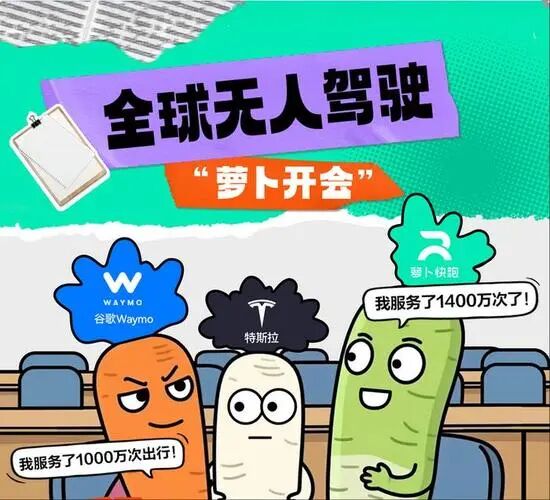
I. Technical Routes: Three Philosophies, Three Paths
In the autonomous driving arena, the three giants have opted for vastly different technical approaches, reflecting fundamentally divergent visions of the future:
1. Luobo Kuaipao's 'Multi-Layered Safety Redundancy' Philosophy
Baidu's sixth-generation autonomous vehicle, RT6, equipped with the Apollo ADFM large model, essentially constructs a defensive system that 'places no trust in a single sensor.'
Its 10-layer safety redundancy system ensures that if the LiDAR fails, the cameras immediately take over; if the cameras are blinded by intense light, millimeter-wave radar continues to function.
In Dubai's real-world tests, this system successfully navigated extreme conditions where sandstorms reduced sensor performance by 30%.
More crucially, the large model enables a 'human-like driving' experience.
During dense roundabout tests in Dubai, Luobo Kuaipao showcased remarkable predictive abilities: it could anticipate the lane-changing intentions of adjacent vehicles three seconds in advance and execute smooth evasive maneuvers.
This performance led local traffic authorities to directly issue Test License No. 001.
2. Tesla's 'Pure Vision Fundamentalism'
Elon Musk's insistence on the pure vision route essentially bets on a future where, if humans can drive with just two eyes, why can't machines?
Tesla's strength lies in its real-time data collection from over 5 million vehicles globally, with daily training data equivalent to a year's worth for other companies.
However, issues uncovered during Tesla's Austin trial operations reveal that the pure vision approach remains vulnerable in low-visibility conditions. Test vehicles frequently hesitated during dusk hours and even misjudged stationary obstacles in shadows.
This is precisely the core issue raised by the NHTSA in its request for Tesla to provide explanations.
3. Waymo's 'Elitist' Approach
As the industry's pioneer, Waymo has, since its inception in 2009, chosen a cost-no-object technical route: LiDAR + high-definition maps + multi-sensor fusion.
Its nearly 100 million miles of autonomous driving mileage, accumulated through years of driver-supervised testing, comes at an astonishing cost—over $10 billion in investments since 2020.
Waymo's strength lies in its safety data: a 91% lower accident rate compared to human drivers.
But the cost of this impeccable record is too high, resulting in consistently slow commercialization progress.
II. Business Strategies: Rapid Expansion, Deep Rooting, and Caution
The business strategies of the three perfectly mirror their respective DNAs and circumstances:
1. Luobo Kuaipao's 'Globalization Blitz'
Baidu has opted for an internationalization path of 'encircling cities from the hinterlands': starting with friendly markets in the Middle East and Southeast Asia to swiftly accumulate overseas operational experience.
Its partnerships with Uber and Lyft are strategic moves—directly leveraging existing platforms to overcome customer acquisition challenges.
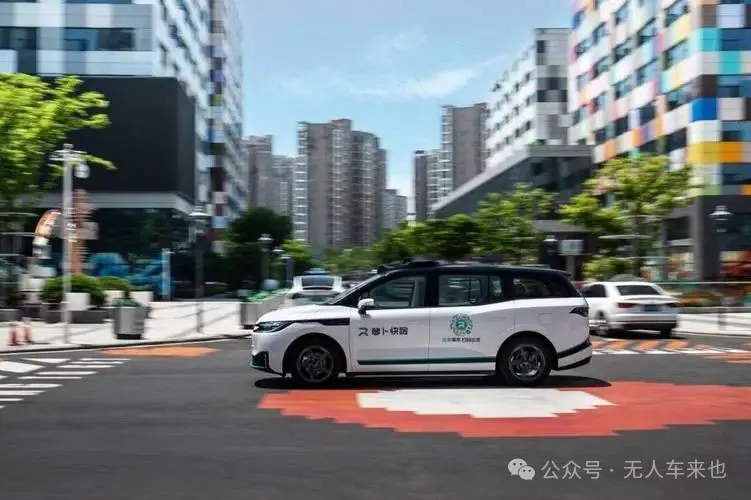
Its Dubai deployment is particularly telling: contract signed in March, license obtained in July, trial operations launched in September—a pace that surprised local officials.
Even more ingenious is its localization strategy: a heat-resistant version developed specifically for Middle Eastern climates, with sensor cleaning systems capable of removing sand cover in 30 seconds.
2. Waymo's 'America-First' Deep Rooting
Despite its technical lead, Waymo has shown surprising conservatism. Its operations remain concentrated in five major U.S. cities, with its newly launched 'Waymo for Business' essentially repackaging existing services for corporate clients.
While one million monthly orders seem impressive, the commercialization efficiency remains inadequate compared to its billions in investments.
3. Tesla's 'Cautious Pilot' Approach
Although Elon Musk loudly promotes Robotaxi, his actions remain exceptionally cautious, repeatedly delaying previously announced timelines.
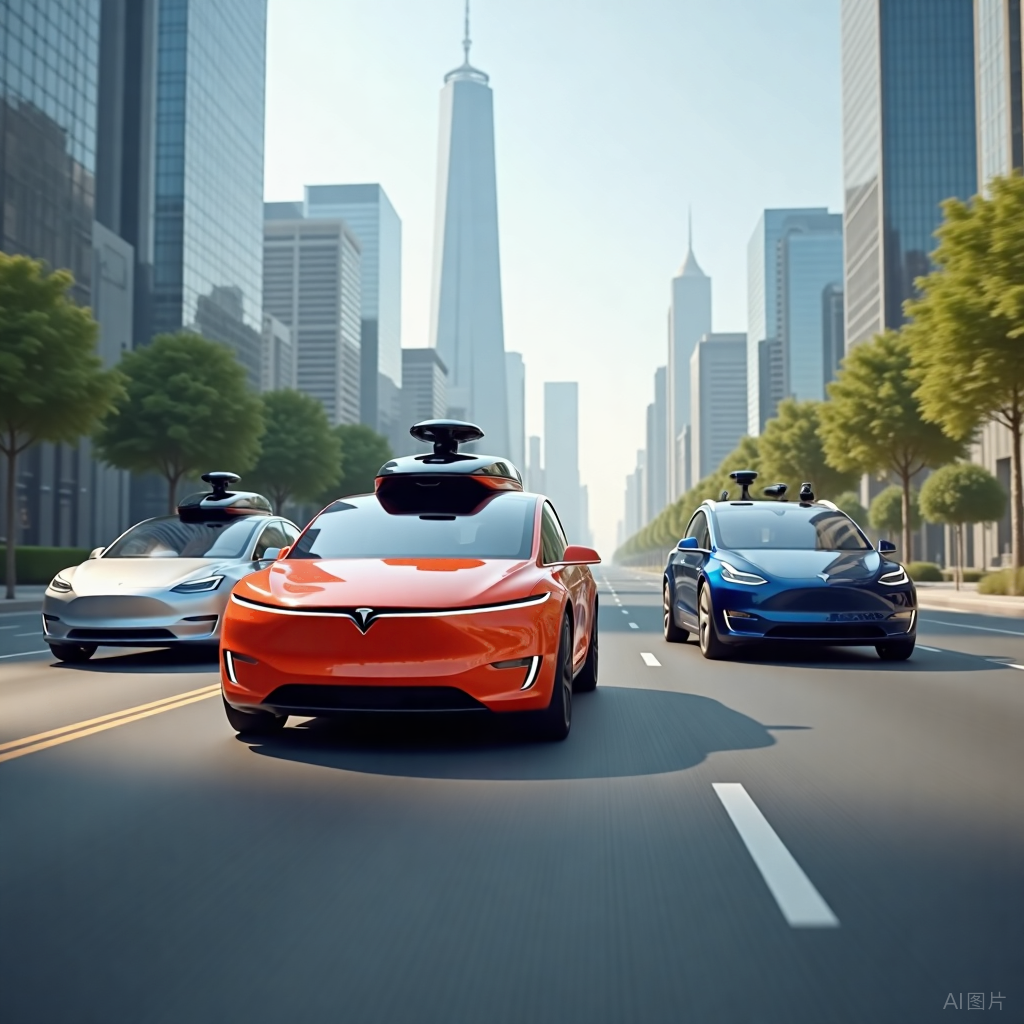
The Austin pilot deployed only 10-20 vehicles, all equipped with safety drivers.
This caution stems from technical immaturity—internal data shows that under complex urban conditions, the system still requires manual takeover 1.2 times per 100 kilometers.
III. Safety Showdown: The Era of Data-Driven Decisions
Safety is the lifeblood of autonomous driving, with significant performance gaps among the three:
1. Luobo Kuaipao's 'Safety Credentials'
Two hundred million kilometers of safe mileage and an accident rate just 1/14th of human drivers have become Luobo Kuaipao's most potent negotiating tools.
When entering the Hong Kong market, it was precisely this safety record that convinced skeptical regulators.
Its safety secret lies in 'progressive advancement': testing in enclosed campuses first, then simple urban roads, and finally complex scenarios. Each step accumulates sufficient data before moving forward.
2. Waymo's 'Technical Confidence'
A 91% reduction in accident rates is indeed impressive, but this largely benefits from its chosen operational areas—relatively simple road conditions in Phoenix suburbs.
When Waymo attempted to enter downtown San Francisco, it encountered similar technical challenges.
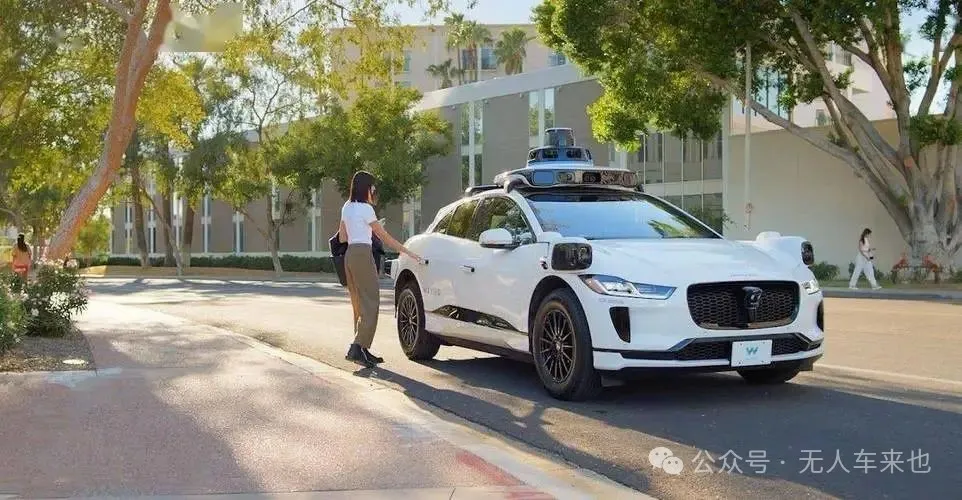
3. Tesla's 'Real-World Dilemma'
Multiple 'traffic incidents' recorded during Austin trial operations exposed the fragility of the pure vision approach in edge scenarios.
More troubling is Tesla's over-reliance on simulated data training, as simulated environments struggle to replicate the long-tail problems of the real world.
IV. Future Battleground: The Three Gates to a Trillion-Dollar Market
By 2030, China's Robotaxi market is projected to reach 83.1 billion yuan, with the global market in the trillions. But to claim a share, three hurdles must be overcome:
1. The Cost Gate
If Tesla's 'LEGO-style vehicle manufacturing' concept can be realized, it could reduce per-vehicle costs by 40%.
But at present, Luobo Kuaipao's RT6, through mass production, has already controlled costs below 250,000 yuan, making it the closest to commercialization.
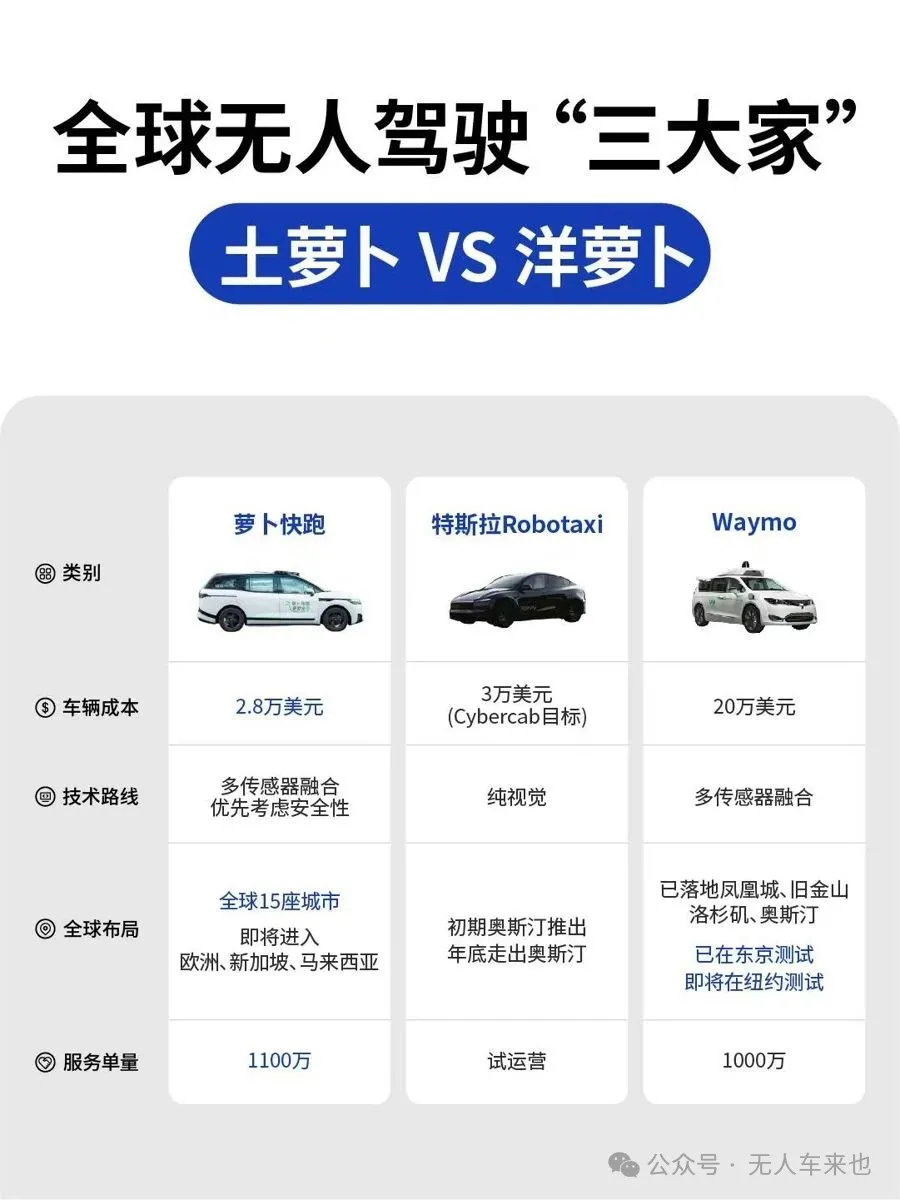
2. The Regulatory Gate
Regulations vary dramatically by region: Dubai offers full support, California imposes strict limits, and Europe remains cautiously observant.
Luobo Kuaipao's multi-regional operational experience is becoming a valuable asset, with its standardized compliance processes quickly replicable in new markets.
3. The User Experience Gate
Waymo's survey in Phoenix revealed that 60% of users care most about whether 'the vehicle can understand my special needs,' such as extra waiting time when picking up children or trunk space needs after shopping.
These details determine user retention rates.
V. Ecosystem Gameplay: The Future Competition Is Systemic
Single technical advantages are giving way to ecosystem capabilities:
1. Luobo Kuaipao's Architectural Ecosystem
From vehicle manufacturing to operational platforms, from mapping data to user-end apps, Baidu has built a complete closed-loop ecosystem.
In May 2024, Luobo Kuaipao released the world's first large model supporting L4 autonomous driving, Apollo ADFM, and the sixth-generation autonomous vehicle, Luobo Kuaipao.
As a typical application of visual large models in the physical world, Luobo Kuaipao achieves deep integration of AI technology and vehicle engineering through 10-layer safety redundancy design and 6-layer MRC safety strategies, ensuring vehicle stability and reliability.
2. Tesla's Vertical Integration
Self-developed chips, self-built factories, and self-operated insurance—Tesla attempts to control every link.
This model offers the highest efficiency but the slowest expansion speed.
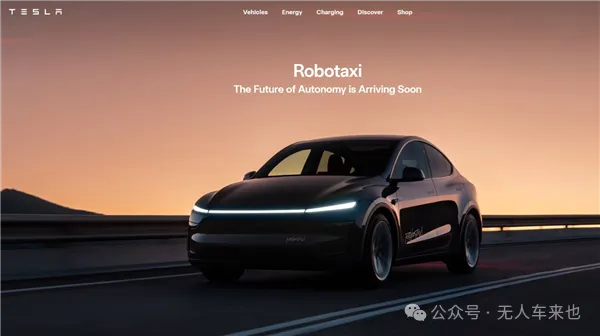
3. Waymo's Open Dilemma
As a technological pioneer, Waymo has wavered between 'self-operation' and 'technology licensing.'
Its pursuit of technical perfection has caused it to miss optimal expansion opportunities.
In conclusion, Autonomous Vehicles Are Here (WeChat ID: wurenchelaiye) believes:
As Luobo Kuaipao receives Test License No. 001 on Dubai streets, as Tesla scrambles to address technical flaws in Austin, and as Waymo debates its next $5 billion investment at board meetings, the competition in autonomous driving has entered its second half—
The first half was about who had the cooler technology; the second half will be about who can make money.
So before throwing the steering wheel into the trash, winning hearts first and then markets—that’s the ultimate showdown in the Robotaxi three-way battle. What do you think, dear reader?
#AutonomousVehiclesAreHere #AutonomousDriving #SelfDriving #AutonomousCars #LuoboKuaipao #Tesla








